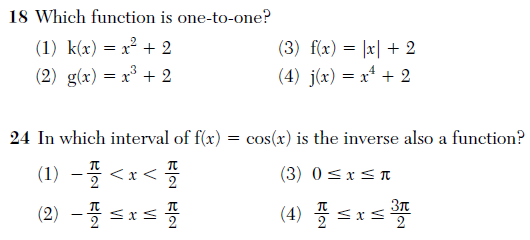I was very happy with how well my piece “N Ways to Apply Algebra with the New York Times” has been received. Written for the New York Times Learning Network, this article was a response to this summer’s editorial “Is Algebra Necessary?”. My intention was to create opportunities for teachers and students to see and use algebra in the context of New York Times content and resources.
The piece generated a lot of comments, some of which I found quite surprising. For example,
This piece does an excellent job of demonstrating Mr. Hacker’s point – that algebra is unnecessary for most of daily life and work. Each of the above exercises is merely a more tedious and academic way of finding information that is readily available via the web or a simple calculator (link)
Naturally I disagree that the exercises are “tedious” and “academic”, but what really surprises me is the claim that if some piece of information is readily available via the web or calculator, then there’s no reason to teach it.
The commenter specifically refers to an activity which explores how various formulas govern housing prices, interest rates, and mortgage payments. While it is true that technologies exist that can calculate mortgage payments for us, students need more than just awareness of the existence of these formulas. House payments, car payments–debt payments in general–play a significant role in modern life. Students should explore the mathematics of these situations and develop experience, intuition, and understanding about the implications of that mathematics.
The above commenter agreed with an earlier comment:
These examples are pretty awful. No one would ever calculate mortgage payments using the actual formula. No one. (link)
Even if you believe no one would use the actual formula, how do calculators and computer programs find the answers for us? By using the actual formula.
I don’t like the suggestion here that it’s ok to tell students something like “It’s not important for you to know how mortgage payments are calculated; it’s good enough for you to know that someone else can do it for you.” This is wrong, both as a teaching matter (our goal should be to empower students) and as practical matter (are banks and mortgage lenders always trustworthy?).
Lastly, I found this comment both shocking and saddening:
I’m getting a PhD in Math Education. … I think the article pretty much proves that Algebra is not necessary. I am still, after many years, hoping to talk to someone other than an engineer who can give me an example of using Algebra in the workplace. As for using it in real life, I have never heard of it happening and I do not see it happening here. (link)
Someone earning a PhD in Math Education has no idea how anyone other than engineers use algebra in their jobs. And they proudly state that they have never heard of algebra being used in “real life”.
This is a purported expert in mathematics education, someone who, presumably, will be teaching and training future math teachers. And what will this person tell those future math teachers? That algebra isn’t necessary.






